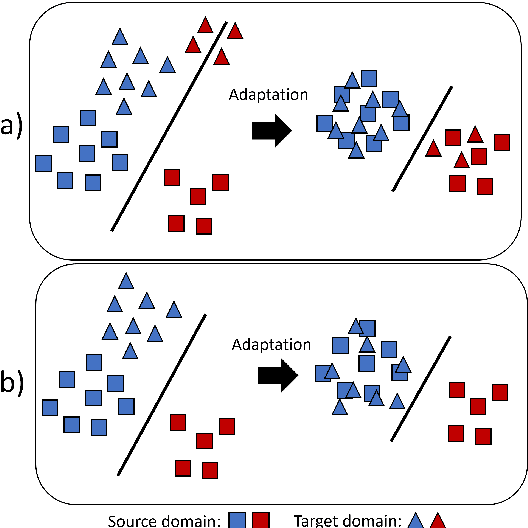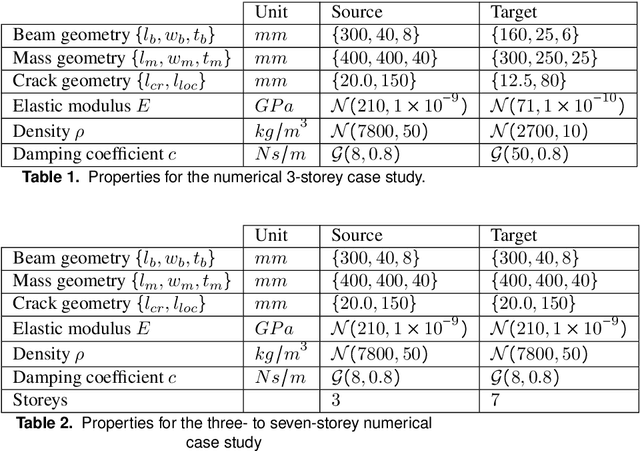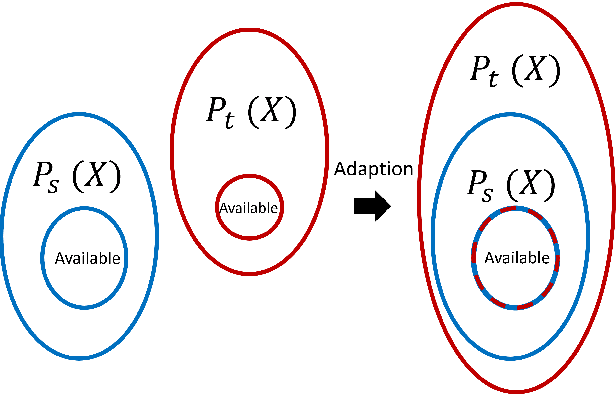Lawrence Bull
Regularising NARX models with multi-task learning
Jan 08, 2025Abstract:A Nonlinear Auto-Regressive with eXogenous inputs (NARX) model can be used to describe time-varying processes; where the output depends on both previous outputs and current/previous external input variables. One limitation of NARX models is their propensity to overfit and result in poor generalisation for future predictions. The proposed method to help to overcome the issue of overfitting is a NARX model which predicts outputs at both the current time and several lead times into the future. This is a form of multi-task learner (MTL); whereby the lead time outputs will regularise the current time output. This work shows that for high noise level, MTL can be used to regularise NARX with a lower Normalised Mean Square Error (NMSE) compared to the NMSE of the independent learner counterpart.
When is an SHM problem a Multi-Task-Learning problem?
May 16, 2023Abstract:Multi-task neural networks learn tasks simultaneously to improve individual task performance. There are three mechanisms of multi-task learning (MTL) which are explored here for the context of structural health monitoring (SHM): (i) the natural occurrence of multiple tasks; (ii) using outputs as inputs (both linked to the recent research in population-based SHM (PBSHM)); and, (iii) additional loss functions to provide different insights. Each of these problem settings for MTL is detailed and an example is given.
On statistic alignment for domain adaptation in structural health monitoring
May 24, 2022



Abstract:The practical application of structural health monitoring (SHM) is often limited by the availability of labelled data. Transfer learning - specifically in the form of domain adaptation (DA) - gives rise to the possibility of leveraging information from a population of physical or numerical structures, by inferring a mapping that aligns the feature spaces. Typical DA methods rely on nonparametric distance metrics, which require sufficient data to perform density estimation. In addition, these methods can be prone to performance degradation under class imbalance. To address these issues, statistic alignment (SA) is discussed, with a demonstration of how these methods can be made robust to class imbalance, including a special case of class imbalance called a partial DA scenario. SA is demonstrated to facilitate damage localisation with no target labels in a numerical case study, outperforming other state-of-the-art DA methods. It is then shown to be capable of aligning the feature spaces of a real heterogeneous population, the Z24 and KW51 bridges, with only 220 samples used from the KW51 bridge. Finally, in scenarios where more complex mappings are required for knowledge transfer, SA is shown to be a vital pre-processing tool, increasing the performance of established DA methods.
 Add to Chrome
Add to Chrome Add to Firefox
Add to Firefox Add to Edge
Add to Edge